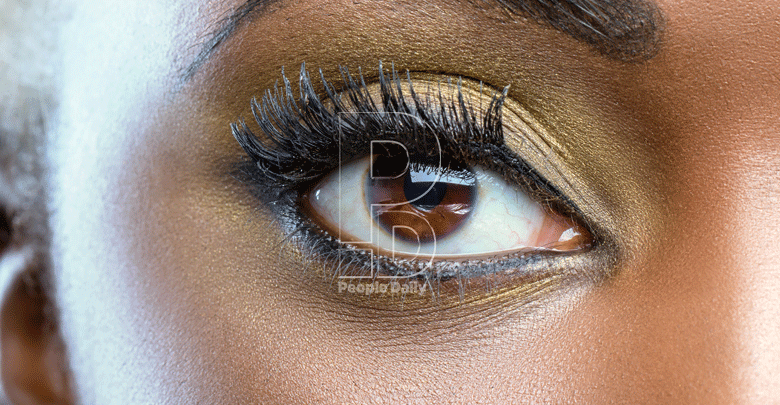Ten common eye ailments to watch out for

Globally, at least one billion people have a near or distance vision impairment that result from eye ailments that could have been prevented or are yet to be addressed. According to World Health Organisation, about 15.3 per cent of the world’s blind people reside in Africa. This is in part due to lack of information and delayed medical attention. Information is power, so Njeri Maina writes on some eye problems to beware of.
Cataracts
Cataract is a clouding of the eye’s lens and is the leading cause of blindness worldwide.
Cataracts can occur at any age because of a variety of causes and can be present at birth.
Although treatment by removal of cataract is widely available, access barriers such as insurance coverage, treatment costs, patient choice, access to healthcare or lack of awareness prevent many people from receiving the proper treatment.
Glaucoma
Glaucoma is a group of eye conditions that damage the optic nerve, the health of which is vital for good vision.
This damage is often caused by an abnormally high pressure in your eye. It is one of the leading causes of blindness for people over the age of 60 though it can occur at any age.
Many forms of glaucoma have no warning signs. It is, therefore, important to have regular eye check-ups to ensure the eye pressure remains normal.
Presbyopia
Presbyopia is the loss of the ability to clearly see close objects or small print. It is part of the natural aging process of the eye.
Presbyopia is often confused with farsightedness, but the two are not the same.
Presbyopia occurs when the natural lens in the eye loses flexibility, while farsightedness occurs as a result of the natural shape of the eyeball, which causes light rays to bend incorrectly once they have entered the eye.
Treatment options include wearing corrective lenses, undergoing refractive surgery or getting lens implants.
Diabetic retinopathy
Diabetic retinopathy is a common complication of diabetes characterised by progressive damage to the blood vessels of the retina, the light-sensitive tissue at the back of the eye that is necessary for good vision.
It progresses through four stages leading to eventual vision loss and hence can be checked and managed through good control of blood sugar, blood pressure, and lipid abnormalities. Early diagnosis and timely treatment can reduce the risk of vision loss.
Amblyopia
Amblyopia, also referred to as lazy eye, is the most common cause of vision impairment in children.
The term refers to instances when the vision in one eye is reduced because the eye and the brain are not working together properly.
The eye itself looks normal, but it is not used normally because the brain favours the other eye.
Unless it is successfully treated in early childhood, amblyopia usually persists into adulthood, and is the most common cause of permanent one-eye vision impairment among children and young and middle-aged adults.
Strabismus
Strabismus involves an imbalance in the positioning of the two eyes. It can cause the eyes to cross in (esotropia) or turn out (exotropia) and is caused by a lack of coordination between the eyes.
As a result, the eyes look in different directions and do not focus simultaneously on a single point.
In more than half of these cases, the problem is present at or shortly after birth.
This can be corrected through vision therapy, wearing corrective lenses or through surgery.
Macular degeneration
Macular degeneration is an eye disorder associated with aging and results in damaging sharp and central vision.
Central vision is needed for seeing objects clearly and for common daily tasks such as reading and driving.
There are two forms of age related macular degeneration namely wet and dry.
The wet one is when abnormal blood vessel behind the retina start to grow under the macula, ultimately leading to blood and fluid leakage causing central vision loss, while the dry one is when the macula thins overtime as part of aging process, gradually blurring central vision.
Unfortunately, this condition cannot be avoided and can only be managed through laser therapy and anti-angiogenic drugs.
Tearing
If your eyes produce too many tears, this may indicate that your eyes are particularly sensitive to light, wind or temperature changes.
Protecting your eyes by shielding them or wearing sunglasses can sometimes solve the problem.
Tearing may also mean that you have a more serious problem, such as an eye infection or a blocked tear duct. Your eye doctor can treat or correct both of these conditions.
Keratoconus
Normally, the cornea which is the clear outer lens of the eye has a dome shape, like a ball.
Sometimes, however, the collagen, which holds the cornea in place becomes weak, causing the cornea to become cone shaped.
This condition is called keratoconus and can cause serious loss of vision if not treated early and quickly. If left untreated, many people will need a cornea transplant.











